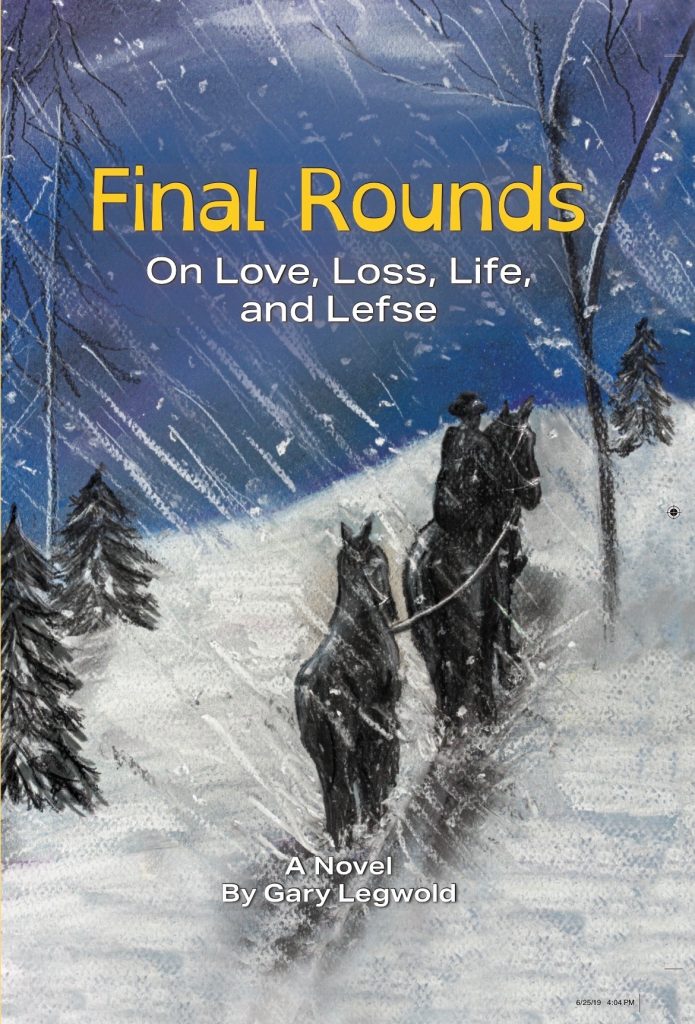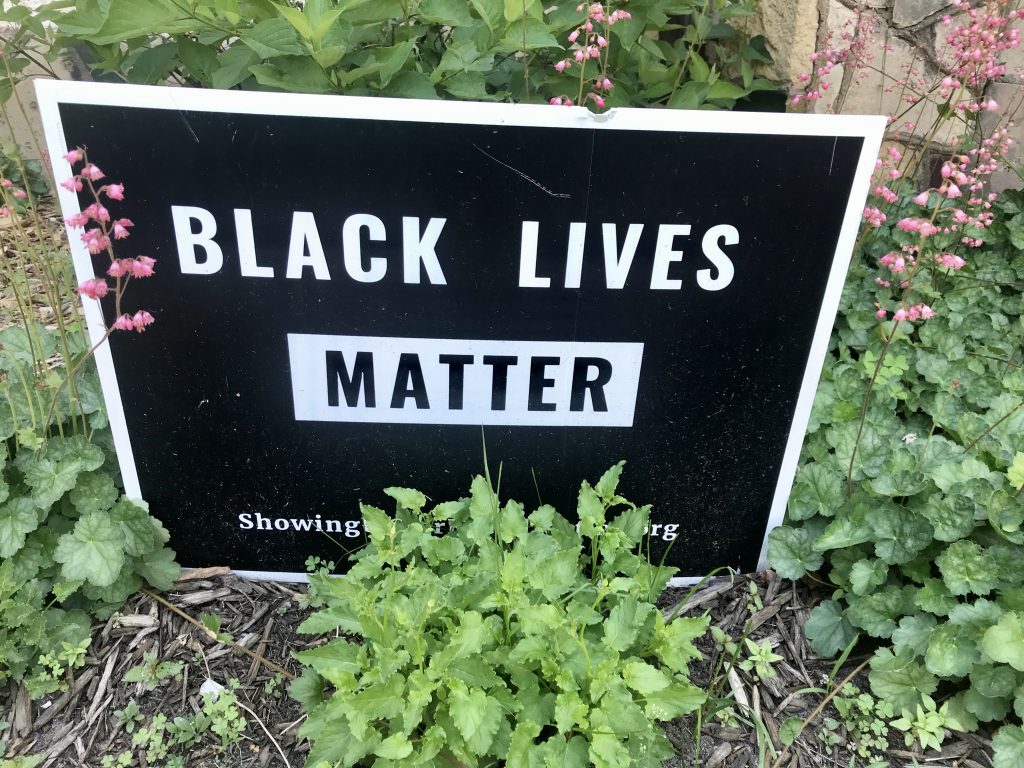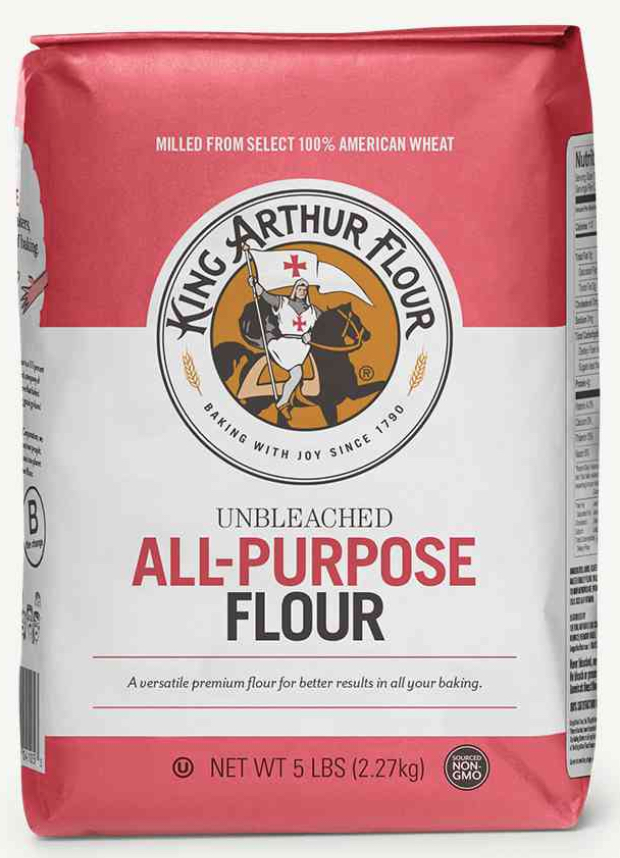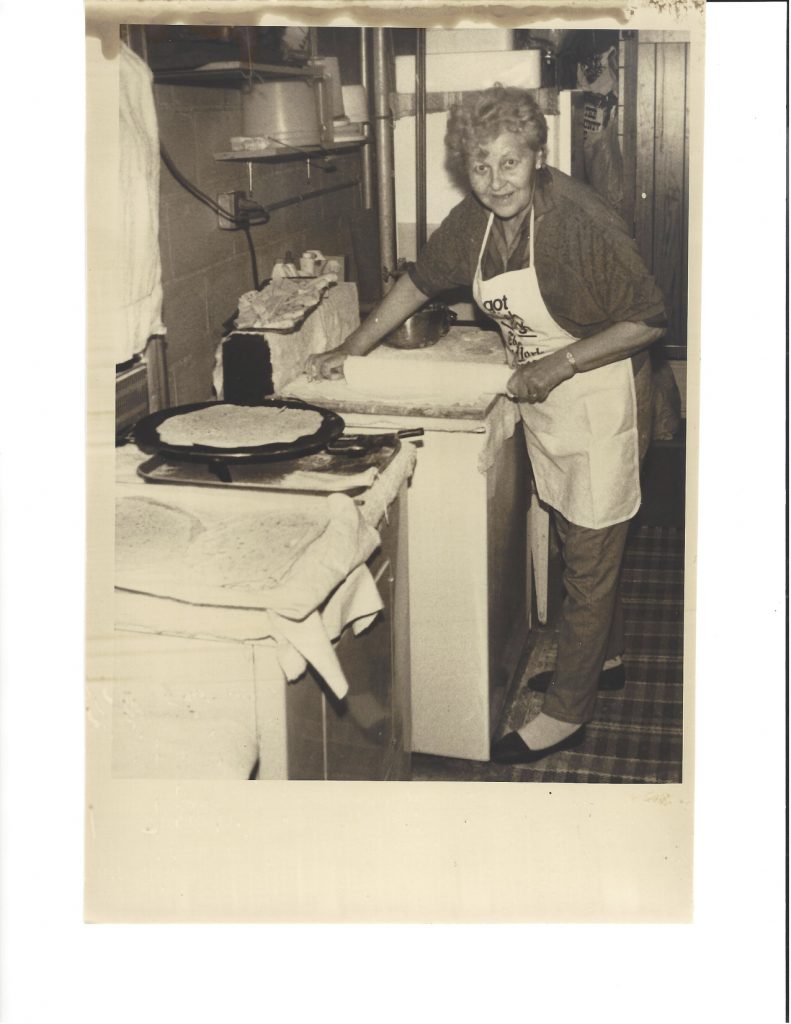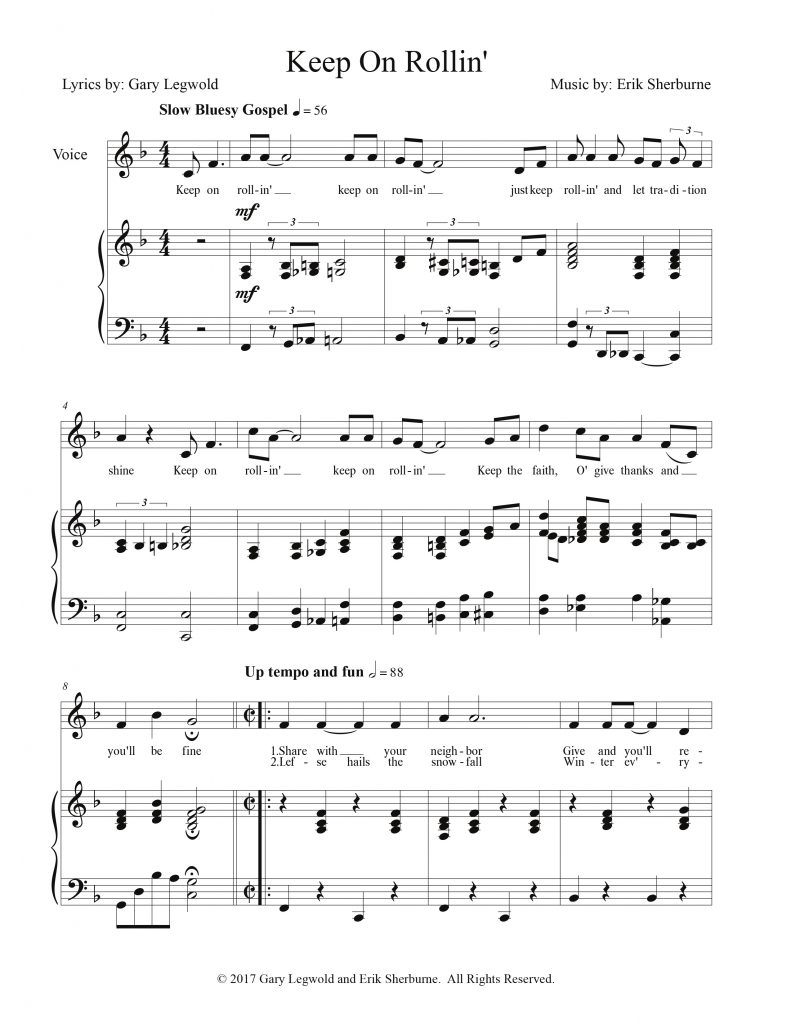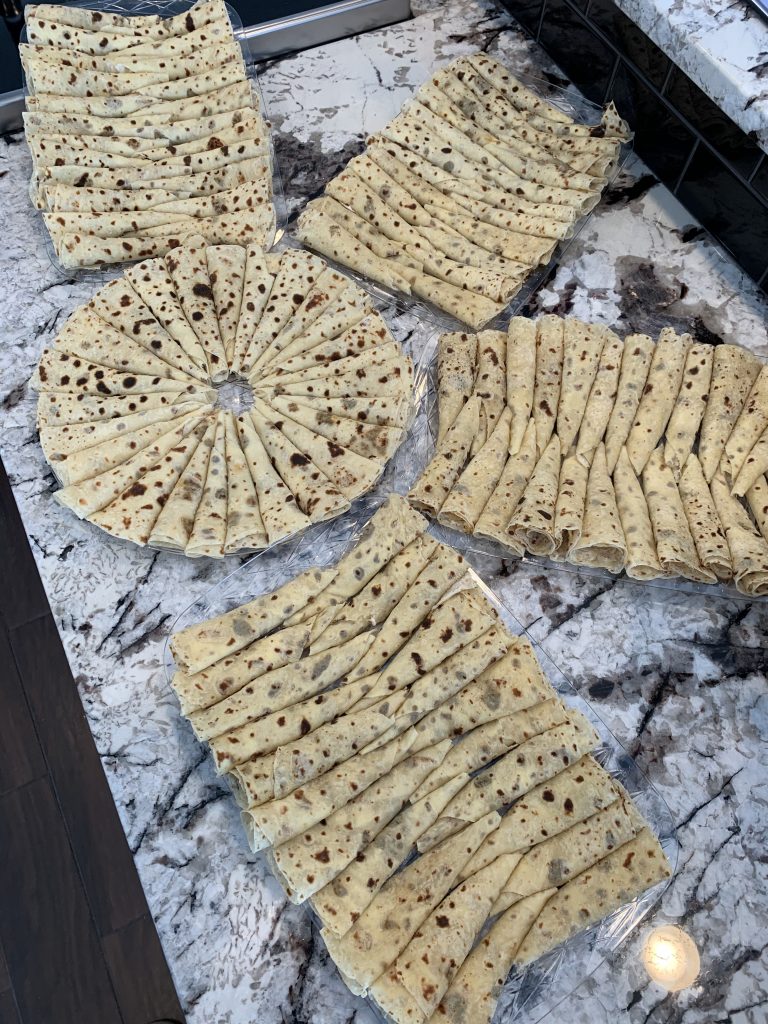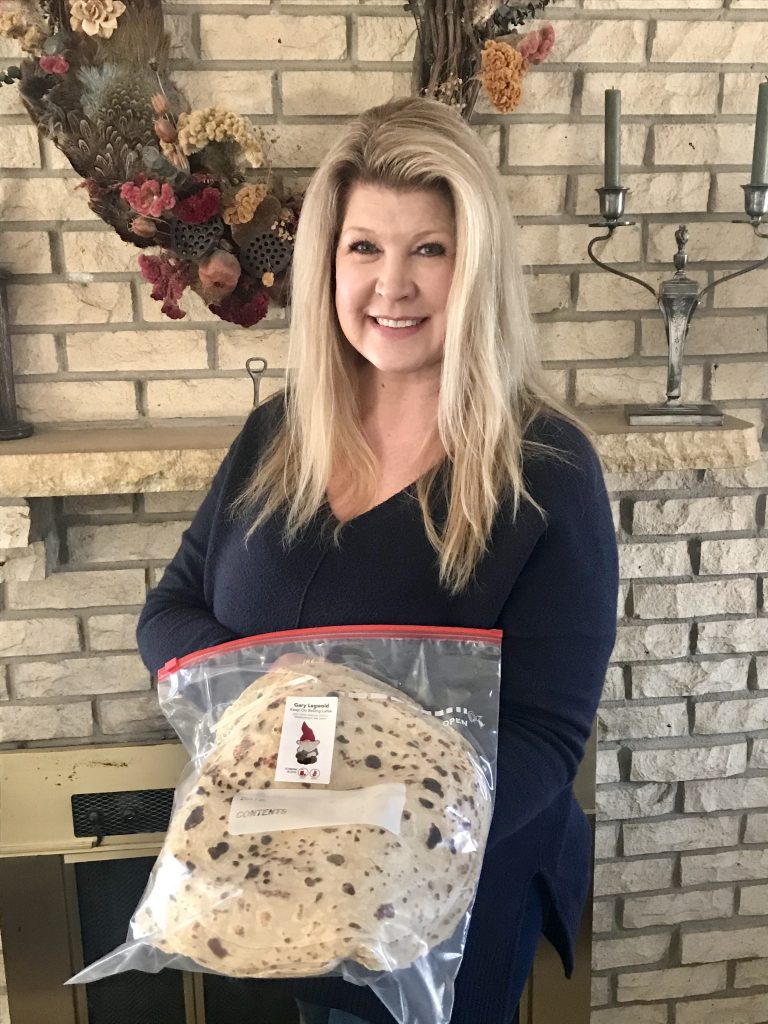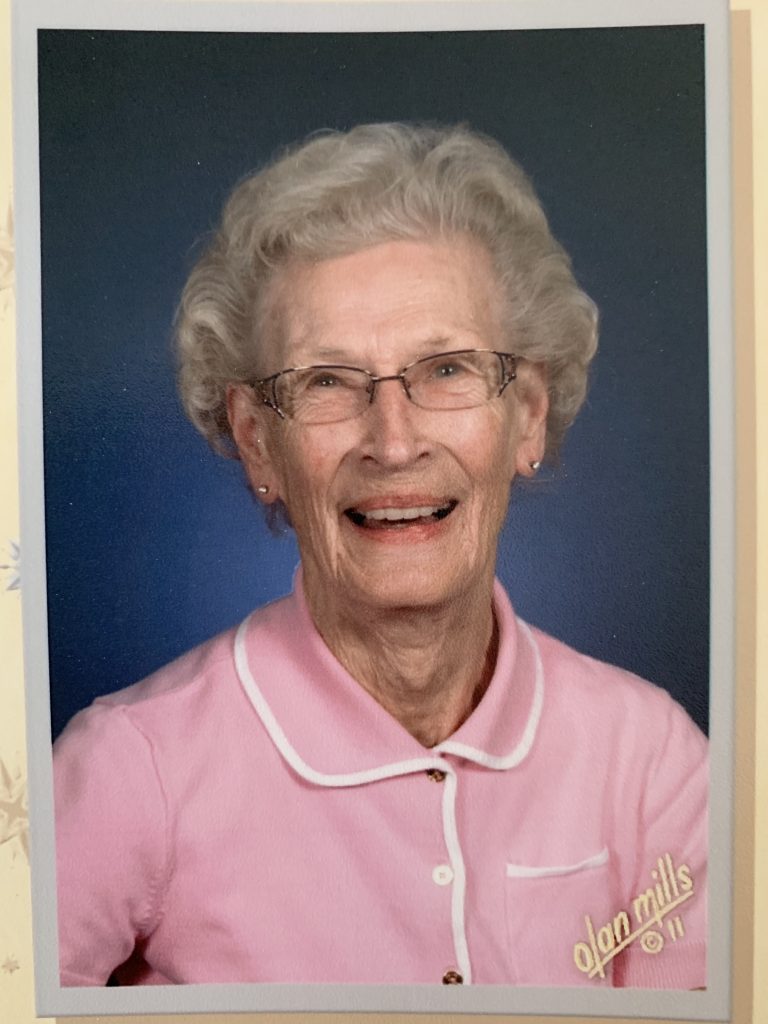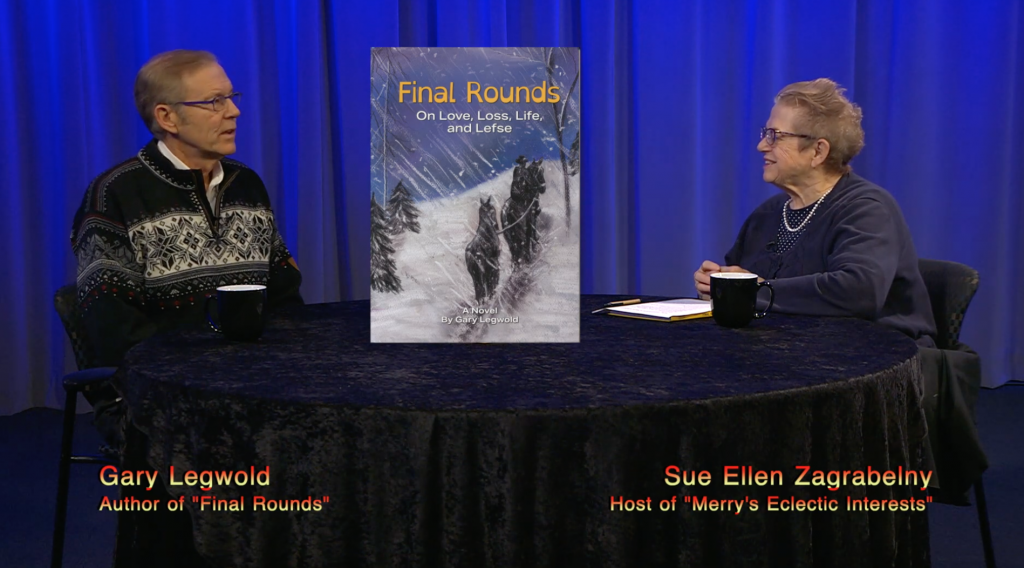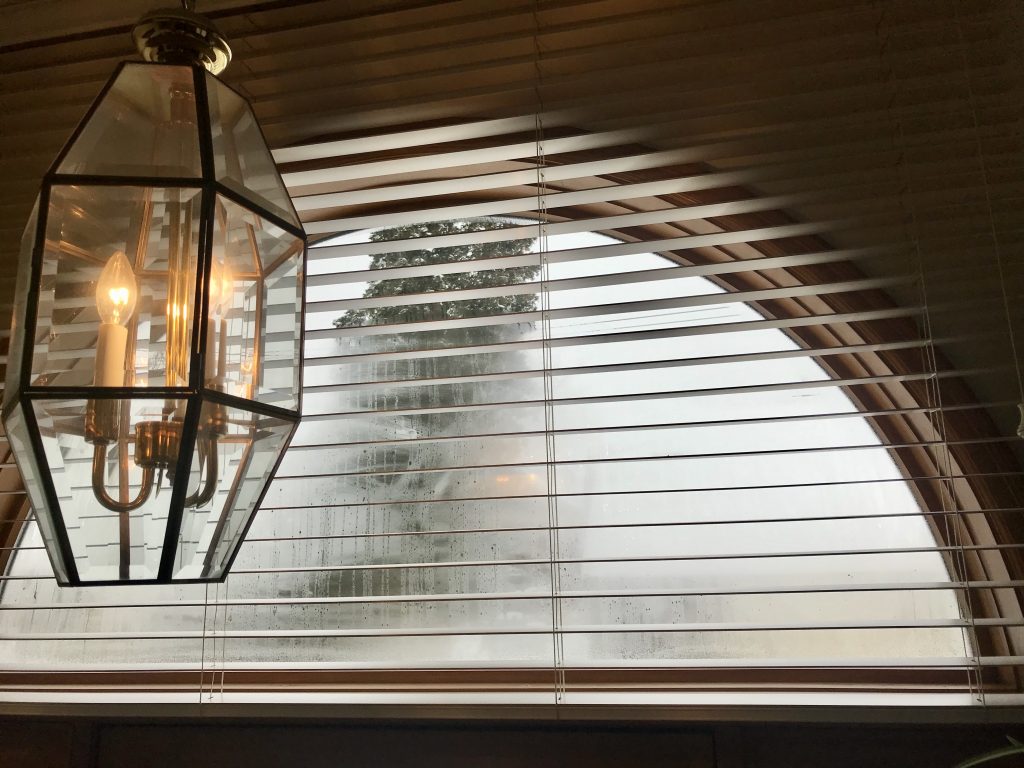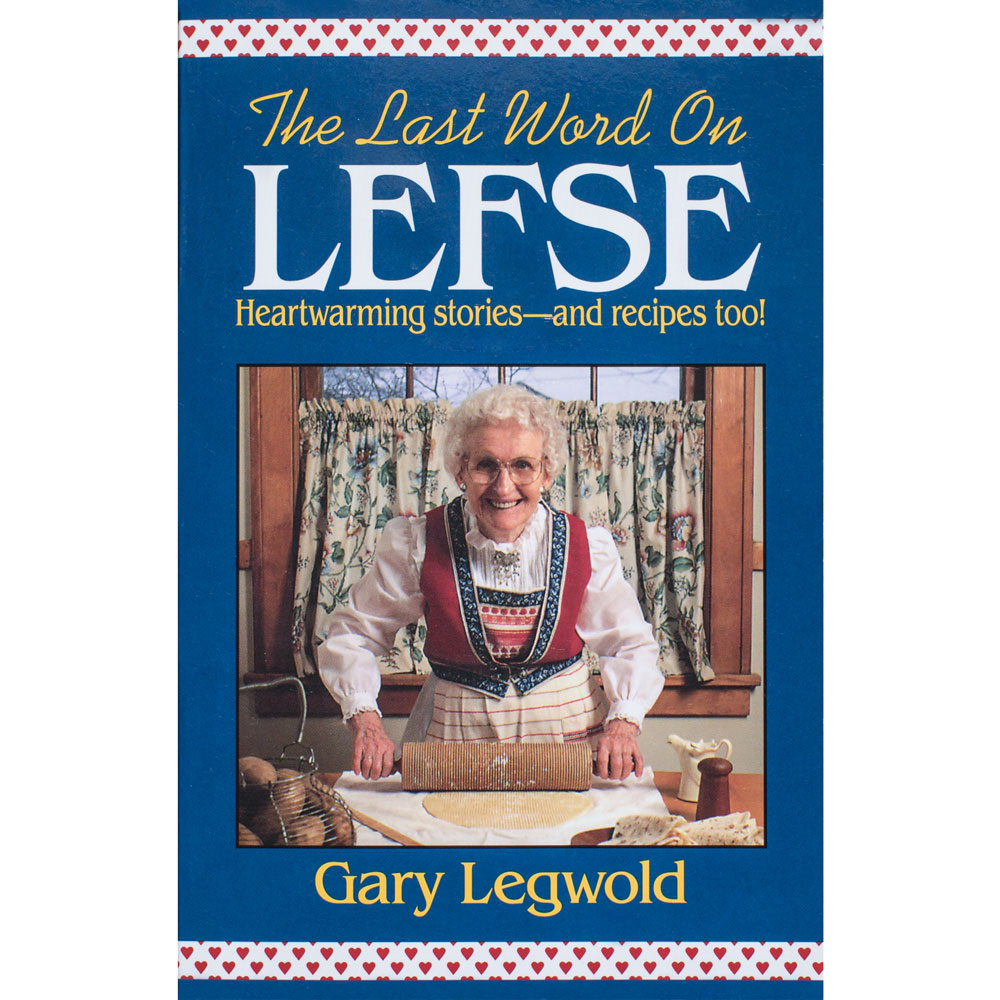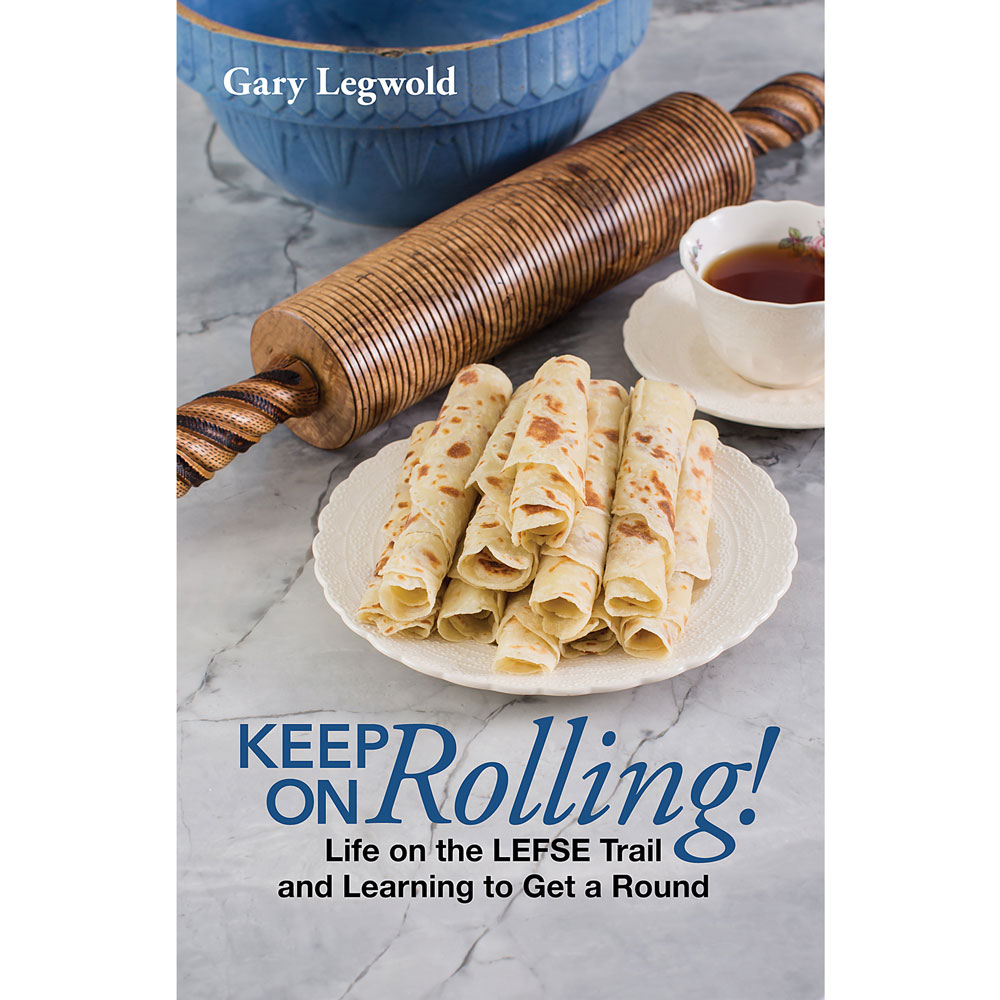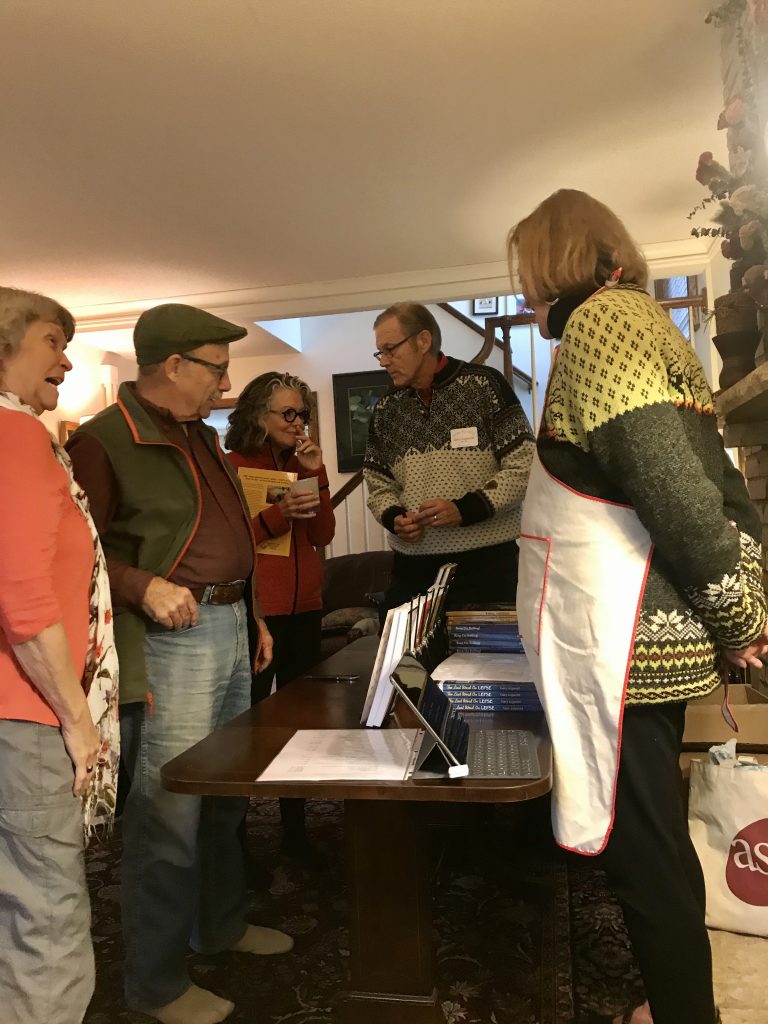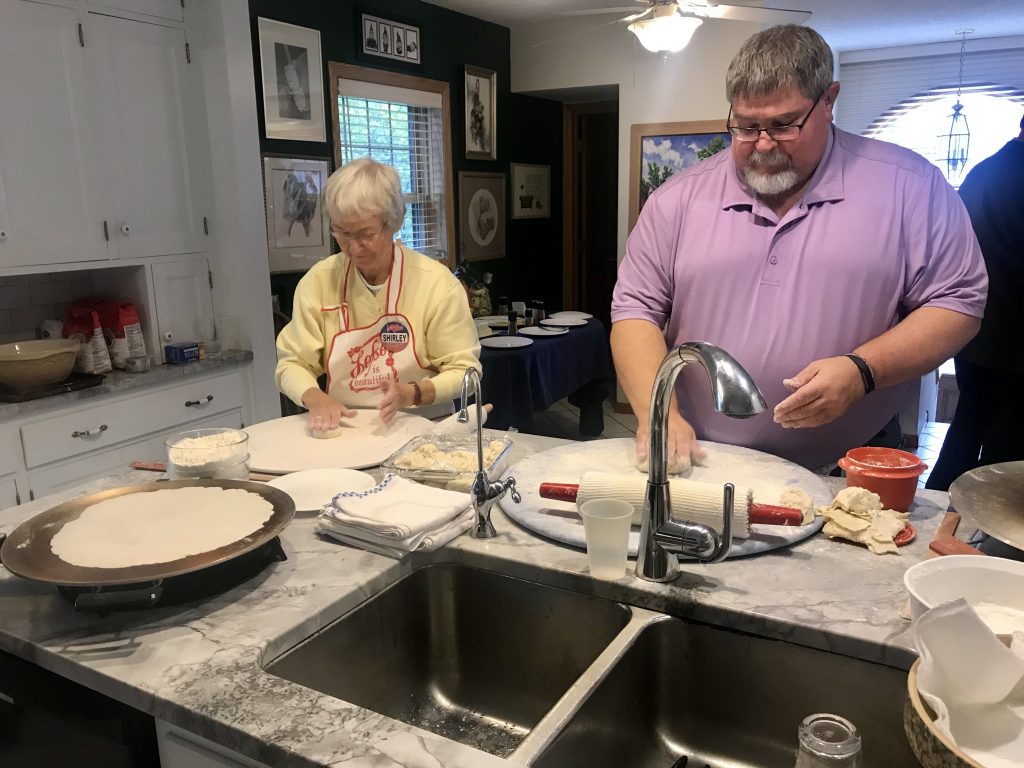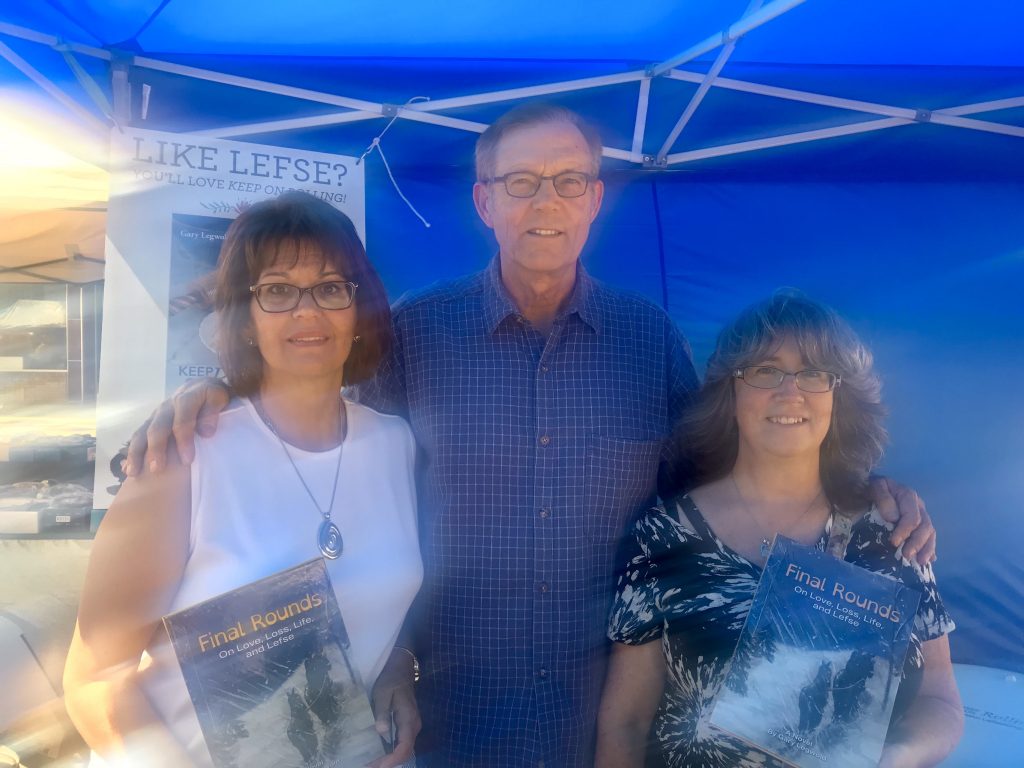
People who are overcome with gratitude will often say something like, “I am so thankful. I cannot express just how grateful I am.” And it’s true; gratitude cannot be quantified or magnified by adding words, in many cases. Don’t get me started on how a heartfelt “Thank you” cannot be topped by the gushing cliche of the times: “Thank you so much!” “So much” adds nothing and subtracts a bit of sincerity, IMHO. So please, leave off the “so much”, thank you.
But I digress. Last month I wanted to express just how grateful I was to my customers who allow this lefse train to keep on rolling. So free books were offered to anyone who emailed me. I did this last year and sent out a dozen or so free books, so I thought I’d do it again. I sent out the March enewsletter that included the free books offer.
I casually checked my email the night I sent out the offer, and there were scads of responses, like around 50. Yikes! I started adding up the shipping cost. Hmmm… . I have never done this before with my newsletter, but the next day my better-business self sent a follow-up “What was I thinking?” newsletter that said the free book offer would end at the end of the day.
So, after two days of checking emails and shaking my head—in gratitude—and then two more days of my grandson Zo and me stuffing envelopes, 105 books were lugged to the post office. I left my boxes overnight so that I not overwhelm the postal clerks.
When I returned the next morning to pay, I started to think that maybe you can quantify gratitude. I mean, shipping 105 books has to mean a ton of gratitude to my customers, even shipping at media rate, right? And certainly wasn’t I showing deep gratitude to my Canadian customers, since it is indeed a high price to pay for shipping anything to our northern neighbors?
After paying and as I folded up the 10-foot long receipt that listed all the tracking numbers, I reflected on what had happened. At the end of the day, I was glad for making the offer. I really was. I was grateful that there was so much interest in lefse and lutefisk books in this slow off season, and that people were expressing their gratitude for a chance to receive the books that I was glad to ship out. It was one grand gratitude fest, people thanking each other for thanking each other. I was especially gratified that most requests were for the book I have a special place in my heart for, my lefse novel, Final Rounds: On Love, Loss, Life, and Lefse. Very cool!
So I end with the only thing I can say, simply, to my customers in Lefse Land.
Thanks.


